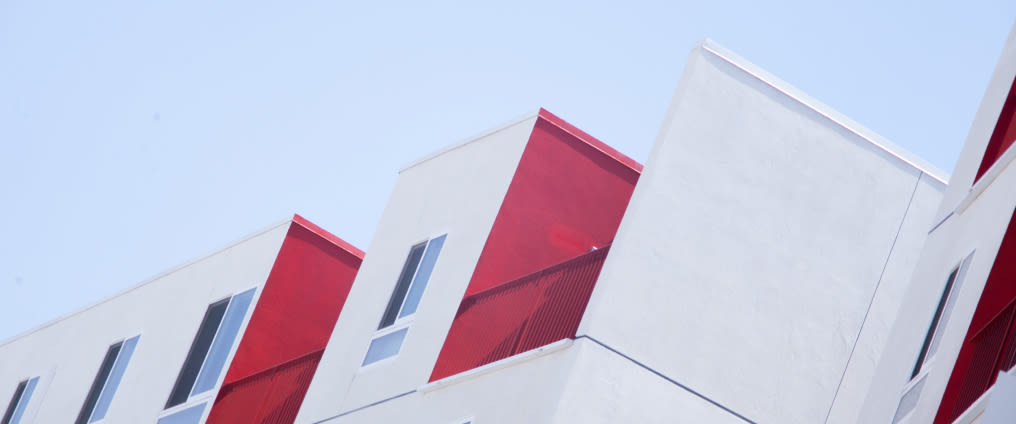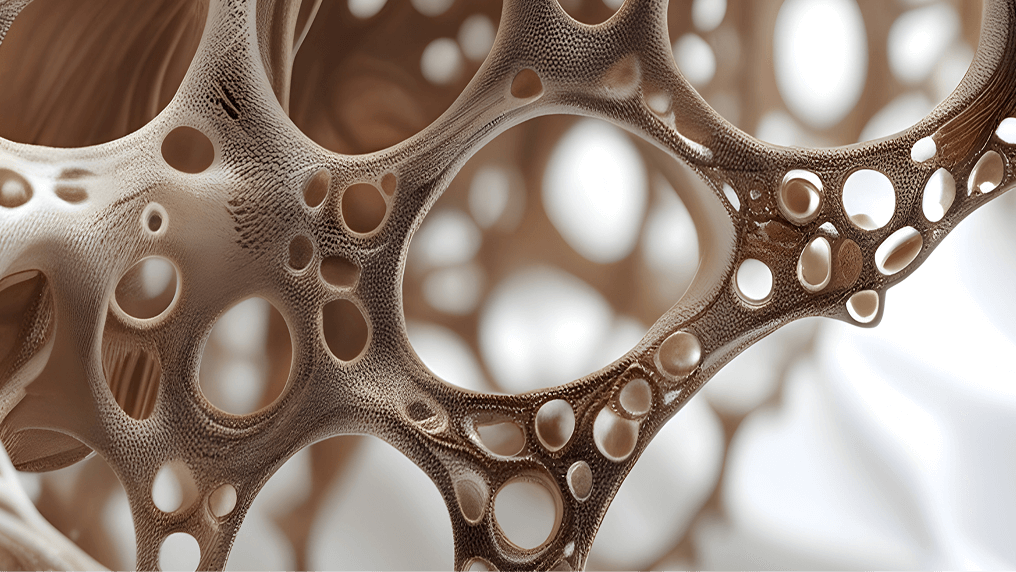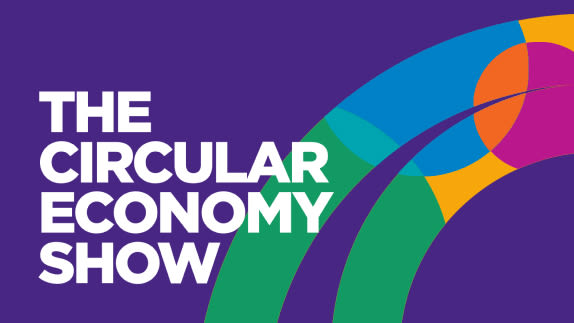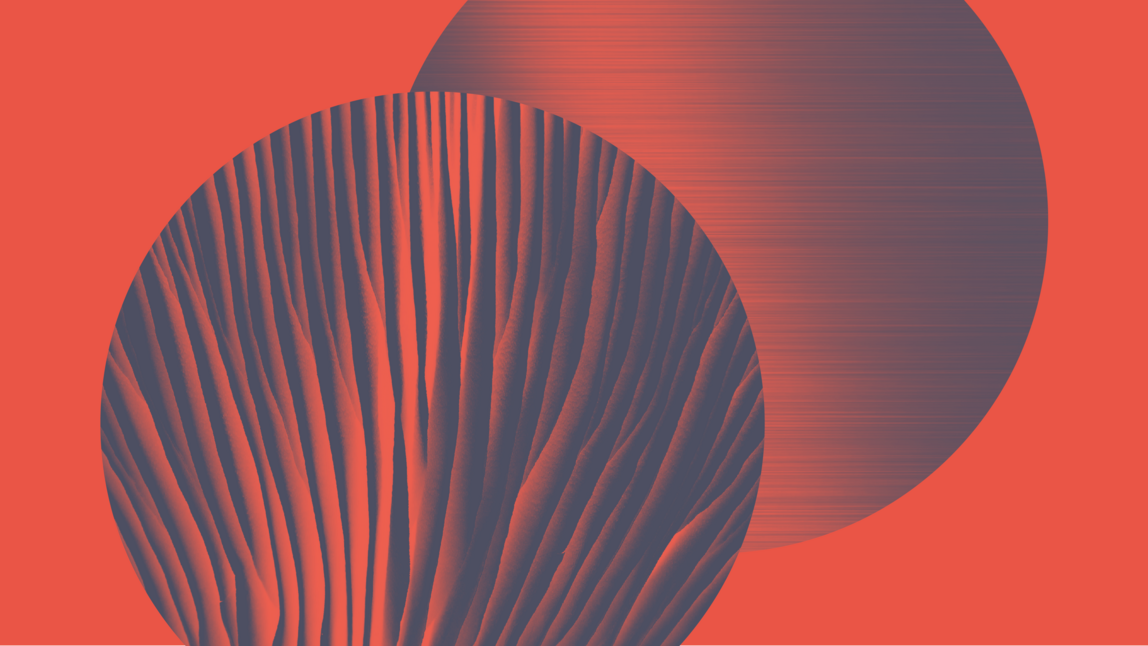An opportunity to demonstrate the potential of circular design
From the very beginning, the circular economycircular economyA systems solution framework that tackles global challenges like climate change, biodiversity loss, waste, and pollution. It is based on three principles, driven by design: eliminate waste and pollution, circulate products and materials (at their highest value), and regenerate nature. has been a design-led agenda, which encourages upstream solutions that build to systemic change. The New European Bauhaus initiative, taking inspiration from the influential Bauhaus movement, provides Europe with the opportunity to demonstrate the potential of the circular economy, and lead the way in the transition.
Announced by Ursula Von De Leyen in 2020, The New European Bauhaus has the chance to connect two acts of the European story in the 21st Century: the moment we are in, and the future we want to inhabit.
The former sees us grappling with myriad interwoven and complex problems, aware of opportunities for innovation and progress but frustrated by the scale and pace of change. The latter can be characterised by the notion of redefining value creation by adopting a circular economy: a framework for an economy that is regenerative by design, built on the principles of eliminating waste and pollution, keeping products and materials in use, and regenerating natural systems. At European level, the direction towards a circular economy has been set since 2015, and is captured in the current Circular Economy Action Plan. This supranational intent is supported by the explosive acceptance that the circular economy has received, from many sectors of society, including businesses small and large, academia, the media and citizens.
The New European Bauhaus builds on the European heritage of reconciling art and science; thinking and doing. It builds on the heritage of the Enlightenment, challenging contemporary rules and searching for a better way. This project gives us the chance to elevate the circular economy discourse from technicalities and resource economics to an aspirational project for society, with deep cultural resonance. Considering the inspiration for the New European Bauhaus, it is useful to consider what the contributions of the original movement may look like in the context of today’s circular economy opportunity.
Materials and making
The Bauhaus brought creatives closer to the materials, tools, and techniques that would combine to create their products, encouraging them to experiment with these capabilities in new ways. This led to improvements in ease of manufacture, lightweighting, and aesthetics. It was also a step away from the backwards 19th century industrial context, and a declaration on the priority of the human experience.
Today, new capabilities in biomaterials, additive manufacturing, digital fabrication, and artificial intelligence are unlocking limitless possibilities for making. Designing for the circular economy is not ‘one size fits all’, so is itself a creative challenge for the designer. Relevant solutions range from biodesigned packaging that dissolves the moment it is used, to building facades that incorporate algae to generate energy, to manipulating the structure of materials to build in new properties, to using durable materials for product longevity.
Innovators are already unlocking such possibilities, but real progress requires system innovation in tandem with technological innovation. If we want a circular economy that is safe, healthy, and regenerative, materials matter: it’s not just about ‘closing the loop’, but considering the materials that are in the loop. So designers need to work with the system today, whilst moving it towards new outcomes. Innovators need to understand, predict, and respond to the systemic implications of their inventions. They need a place to experiment, in a way that is visible and connected to industry and routes to scale.
Design with purpose
The Bauhaus rejected the ornamentation and decoration that had characterised art, design, and architecture at the beginning of the 20th century. The new approach offered rational, elegant solutions to problems, without adornments that did not provide function or value. A century later, the Bauhaus maxim of ‘form follows function’ continues to inspire designers.
Yet many of today’s designers are facing a similar opportunity to break with the practices of recent decades. They are questioning how they create value, for their users and society at large. Faced with mounting challenges, today’s designers are dissatisfied with the prospect of creating unnecessary or superficial things that do not provide function or value. They desire to solve real problems, for people and increasingly for the wider systems in which they sit. Evidence of this can be found in the ‘right to repair’ movement, decentralised production and the maker movement, calls for society centred design, and a wave of impact-driven design challenges.
Designers want a legacy to be proud of, and the backdrop of the 21st century offers uniquely abundant ways to use design and creativity with true purpose and meaning. Creatives around the world are discovering that the circular economy framework offers guidance to deliver on this potential, and the New European Bauhaus can further act as a crucible for innovation. It could be said that ‘form follows function’ has a new interpretation: the way things look is led by their fit for a regenerative, circular economy.
Collective creativity
The guiding principle of the Bauhaus was therefore the idea of creating a new unity through the welding together of many ‘arts’ and movements: a unity having its basis in Man himself and significant only as a living organism.
- Walter Gropius
The Bauhaus school provided a new movement with a place to ferment. Rather than working in isolation, in line with the stereotype of the artist at the time, those at the Bauhaus school worked in cross-disciplinary collaboration. This enabled more profound leaps in design theory, techniques, and expression.
In the context of contemporary challenges, revolutionary collaboration has never been more necessary. From global issues such as climate change, plastic pollution, and ecosystem degradation, to reimagining linear food and fashion systems, these complex problems require working together in new ways. No one actor, industry, or government holds the answer. Creating the conditions for different individuals and communities to work together in a dynamic state is key to systems change. However, these spaces are few and far between today. Despite efforts, even the most progressive organisations struggle to overcome the ‘corporate immune system’ that inhibits new ideas. Europe has a key role to play in creating spaces where different actors can come together with the freedom and security to experiment, united around a common vision or challenge. In the coming years, the New European Bauhaus initiative seeks to establish at least five pilots across member states. By establishing iconic, exemplary experiences and spaces, the European Commission can encourage solutions that are locally relevant, whilst bridging cultural lines through their connection to the north star of the circular economy.
In establishing the New European Bauhaus, Europe can take the lead in shaping a clear and compelling narrative for progress in this century. As Walter Gropius said, ‘society needs a good image of itself’. For many, that image is already coming into focus: they can see the benefits of a society that rests on the principles of a circular economy.
The best way to communicate that image is to bring it off the page of a report or website, and instead to show it to people, to engage their senses and let them experience it first-hand. This is where art and design excel. As such, the New European Bauhaus is a chance to connect the people, technologies, and issues of our time, and demonstrate that a different future is possible.






